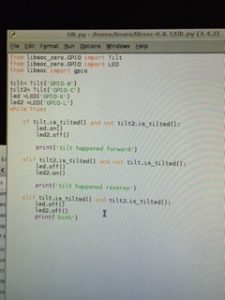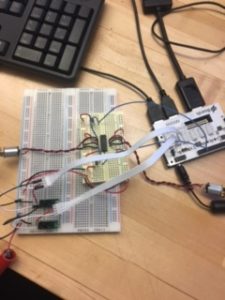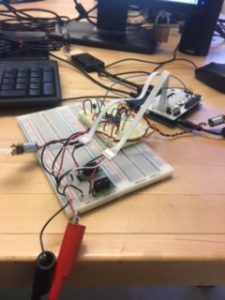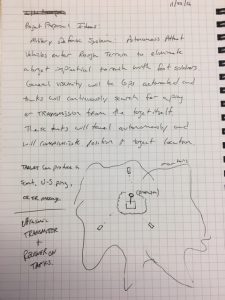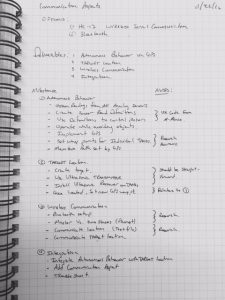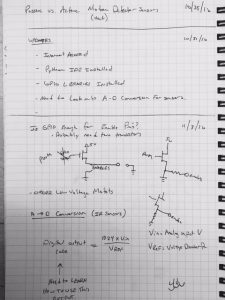Step 1:
Now that I can control motors with the digital sensors, I can begin to write basic code that allows the tanks to travel autonomously. The tank will simply travel straight until an object is detected. I will have the tank move around the object and continue traveling in a random direction.
Step 2:
Next, I will focus on communication techniques. I will obtain another dragonboard, pair the two together via Bluetooth, and attempt to send basic text files back and forth between the two. I will then try and have the dragonboard perform an action based on the information within one of the text files. This will ensure this type of communication technique is possible.
Step 3:
Once the communication is worked out, i will start working on object detection by obtaining an ultrasonic transmitter and receiver.
These three steps should put me at the start of the next semester where I can resume my project.
